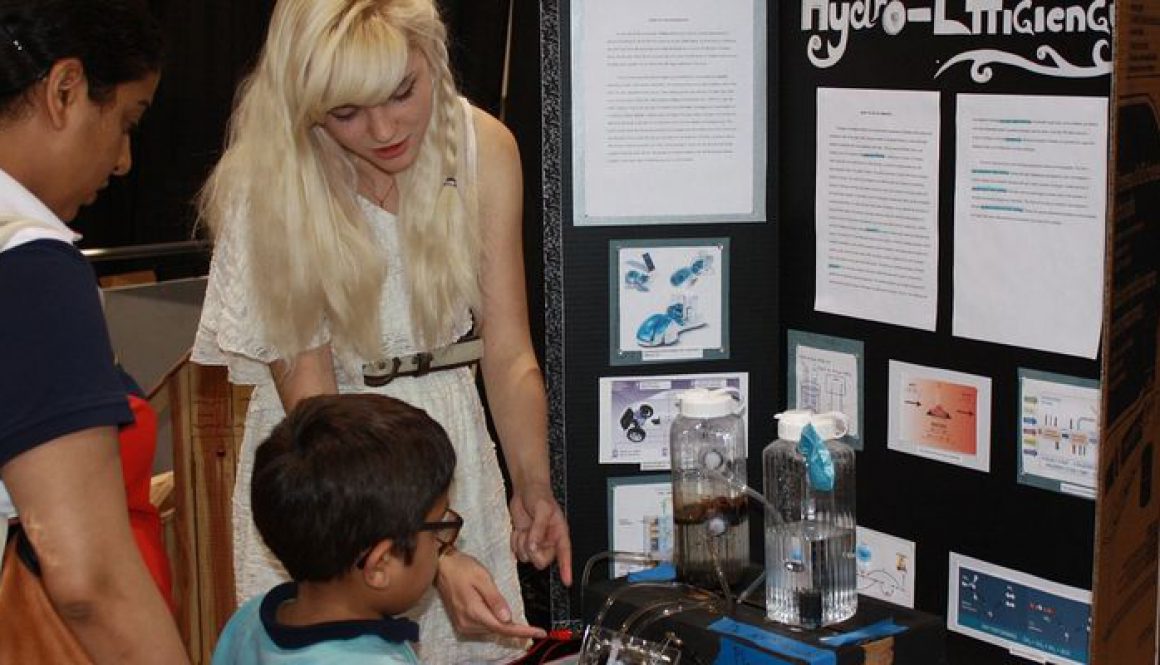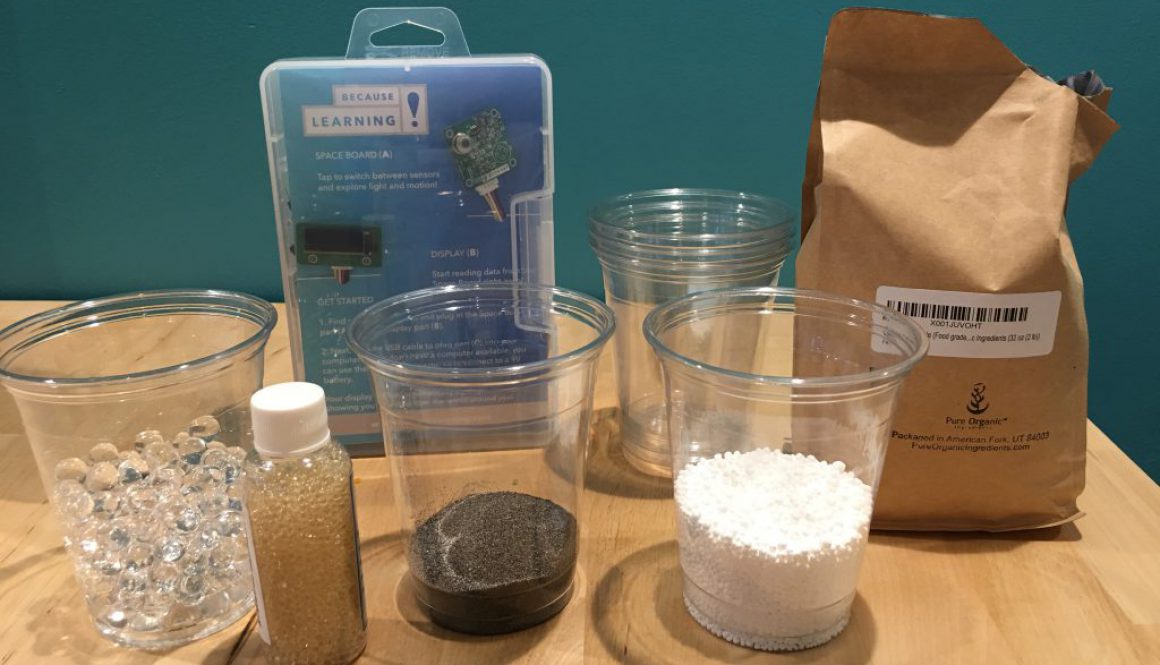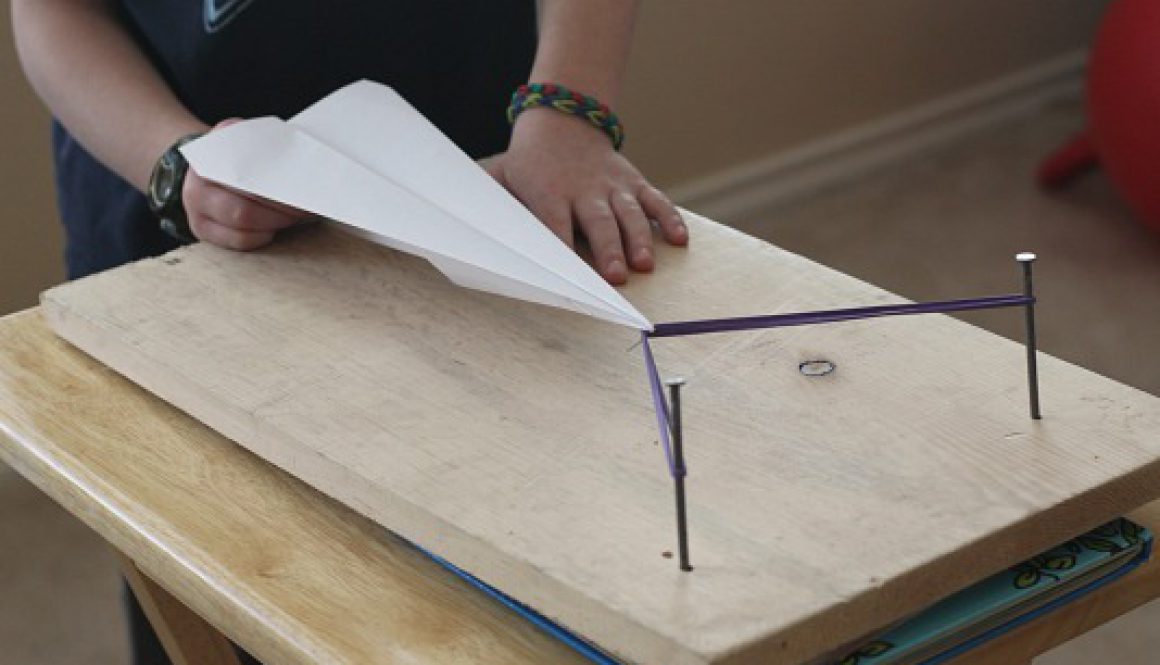Quiz: How to find the best science fair project for you
Science fair season is coming up. Which project would be the best fit for you?More

Science fair season is coming up. Which project would be the best fit for you?More

You know those baggie hand warmers you get at camping stores? With the latest lesson from Because Learning, “Hot Hands”, you and your kids can make those at home! Check out the video to one of our kids doing the experiment with our Sensor Kit:
With just a few simple ingredients, your kids can create hand warmers that increase in temperature. Then they’ll test different variables to discover the ideal ratio of ingredients to make a DIY hand warmer stay warm for the longest amount of time. Not only is this a fun activity, it’s a way for your kids to learn critical scientific principles that real-world scientists use every day. Here’s what our “Hot Hands” lesson teaches kids.
In chemistry, the terms endothermic and exothermic reactions refer to how energy is released or retained from a chemical reaction as heat.
The chemical reaction that takes place in hand warmers is exothermic, meaning it releases excess energy as heat. That’s why you can mix a few chemicals to warm your hands!
In movies, the term “chemical reactions” usually means something that’s dangerous. “There’s a chemical reaction – it’s gonna blow!”
But in chemistry, a chemical reaction is simply a process where two or more substances interact and cause a chemical change. For example, rust on an old car is a chemical reaction. A burning log, Mentos and Diet Coke, and even bath bombs are all examples of chemical reactions.
That’s why the chemical reaction with the hand warmers in “Hot Hands” isn’t anything to be worried about. It’s just another example of one of the many chemical reactions happening around us all the time.
By seeing chemical reactions in the real world, kids start to realize there are scientific forces acting around them all the time. “Hot Hands” and making hand warmers helps kids understand how different amounts of chemicals change reactions and teachers them how to run a scientific experiment.
Professionals in many different fields conduct experiments just like this one, albeit with more complicated chemicals and precise measurements. New types of rubber, better batteries, and advanced computer hardware were all made possible through experiments very similar to the hand warmer lesson your kids can do at home.
This makes “Hot Hands” a great way to introduce key principles they’ll use throughout life, such as:
(For more information about this experiment such as NGSS alignment, pacing, essential questions, and inquiry-based teaching practices, check out the Experiment Guide included with the lesson. You can find an experiment guide at the bottom of every lesson!)
Want to make your own hand warmers and run experiments at home? It’s immediately available to view for every Because Learning subscriber. You’ll find an ingredients list, step-by-step instructions, code for the temperature sensor, and more to help your experiment be a success.
If you’re not a subscriber yet, what’s stopping you? You get 5 new lessons like this one every month, plus we’ll rush a Sensor Kit to your home so your kids can measure chemical reactions – just like real scientists. Plus, you’ll get instant access to over 100 other lessons your child can try today. Click here to learn more and subscribe.

School’s out – are your kids bored yet? This DIY paper airplane launcher isn’t just a fun activity. It’s a great “launching” off point for some awesome science experiments.More
Struggling to keep students interested during science? You’re not alone. Whether it’s competing with smartphones, doodling, or something out the window, it’s a challenge to get students to focus.More